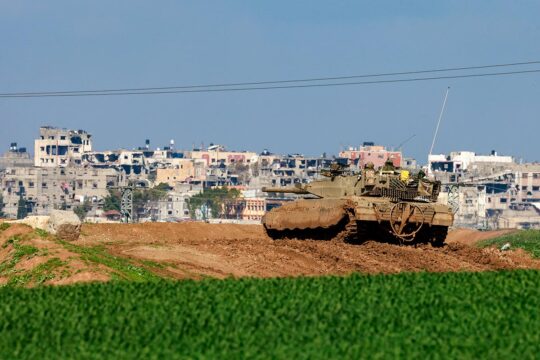Nicaragua has for three months been gripped by violence as pro-government forces crack down on mass protests, the violence claiming 280 lives and triggering international condemnation.
Here is a timeline of the chaos which started with protests against a pension reform and swept into a rejection of President Daniel Ortega, a former guerrilla leader now seen as autocratic.
- Pension reform fury -
On April 18 the government presents a plan to increase how much employees and companies pay into the social security fund, while cutting benefits, as recommended by the International Monetary Fund (IMF).
Student-led protesters vent fury in several cities. Demonstrations continue and are harshly repressed.
They are the most significant protests in Ortega's 11 years in office.
Ortega scraps the pension reform on April 22 in a bid to end the demonstrations, in which 25 people are killed in five days amid clashes and looting.
- 'Unlawful' killings -
The withdrawal of the reform fails to pacify protesters.
On April 23 tens of thousands of people demonstrate in the capital Managua demanding an end to the repression. Some call for Ortega to quit.
The United Nations on April 24 urges Nicaragua to carry out "prompt, thorough, independent and transparent investigations" into the deaths, saying some may have been "unlawful".
Most of the dead are protesters, especially university students and youths.
- Ortega loses friends -
The protests intensify and the army on May 12 distances itself from Ortega, saying it will not prevent people from demonstrating.
On May 16, as the death toll rises, tense talks begin in Managua between Ortega and opposition groups, mediated by the influential Catholic Church.
Anti-riot forces and pro-government militias are blamed for much of the violence.
The Church calls off the talks after a week.
On May 29, the business sector drops Ortega and the next day Nicaragua's richest man, Carlos Pellas, calls for early presidential elections.
Ortega vows to remain in power.
- Managua erupts -
On June 3, as violence escalates in the flashpoint western city of Masaya, Pope Francis calls for dialogue.
On June 7 the United States imposes visa restrictions on Nicaraguan officials, blasting the "political violence by police and pro-government thugs".
Violence erupts in Managua on June 11 with anti-riot police and pro-government paramilitaries attacking barricades manned by protesters.
- Protest camps under fire -
Overnight June 22-23 police and paramilitary groups open fire at the National Autonomous University of Nicaragua, a key student protest camp in the capital.
On July 8 auxiliary bishop of Managua Silvio Baez says it is not possible to negotiate with "representatives of a government that lies, does not accept responsibility and continues attacking and massacring the population."
The following day hundreds of Ortega supporters break into a basilica in the opposition heartland of Diriamba and harass Roman Catholic bishops.
On July 12 thousands of anti-Ortega demonstrators march through Managua's streets. There are more international appeals for an end to the violence.
On July 17 hundreds of pro-government forces launch an armed attack on the opposition stronghold of Masaya, saying after several hours of combat that they have it back under their control.
Rights groups say at least two people were killed in the clashes.
Cabinet minister Paul Oquist, an Ortega ally, tells AFP in Brussels meanwhile that the Nicaraguan government has defeated a "coup".
ang/eab-jmy/br/cw

